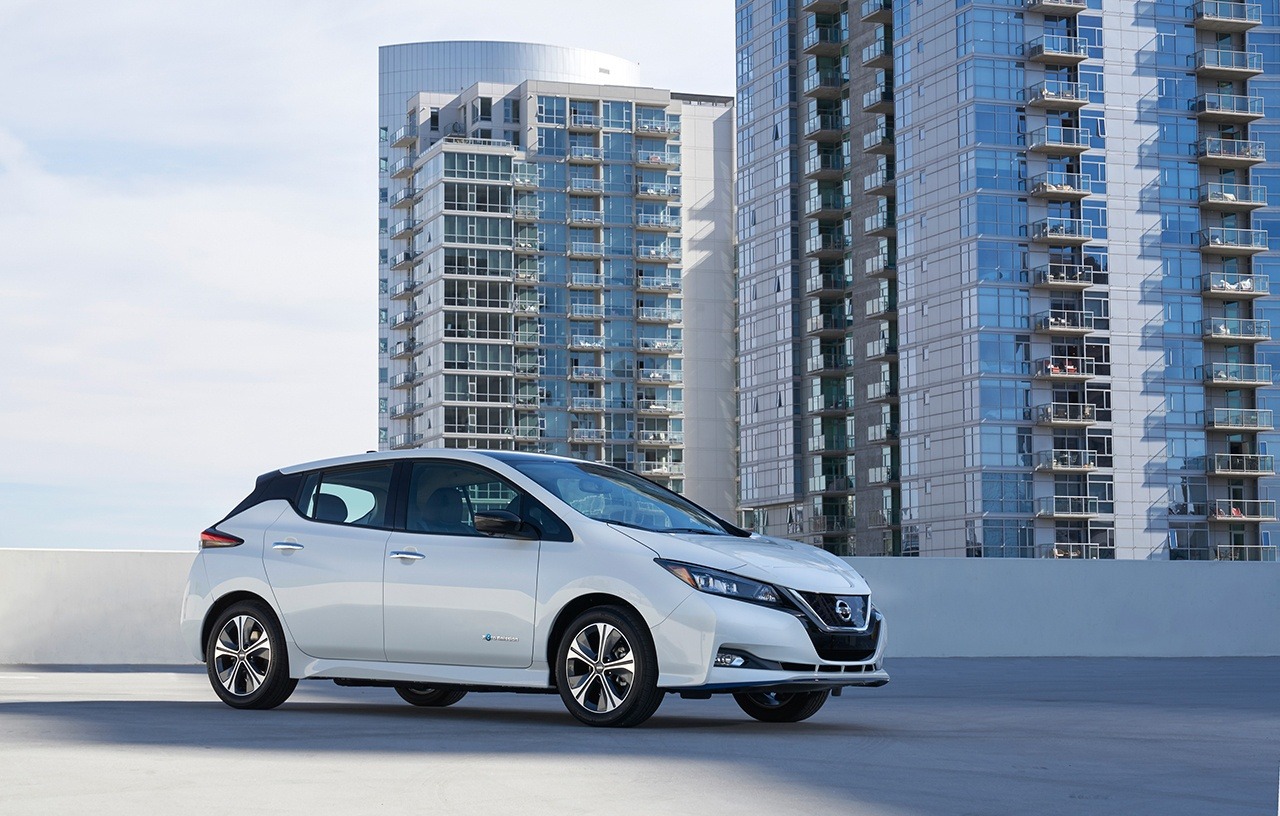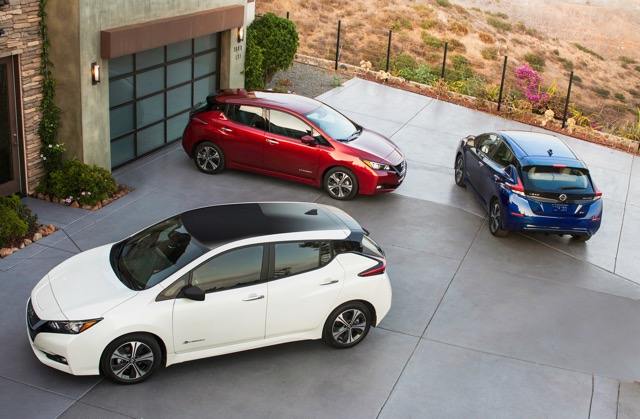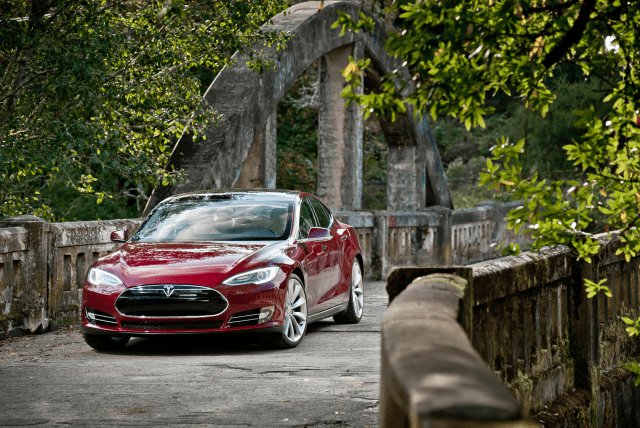Search the Community
Showing results for tags 'Nissan Leaf'.
-
- 18 comments
-
Nissan had originally planned on debuting their long-range variant of the Leaf EV back at the LA Auto Show. But with the arrest of chairman Carlos Ghosn, plans were scrapped and we were left wondering when the long-range Leaf would debut. Last night at the Consumer Electronics Show, Nissa...
- 18 replies
-
Nissan's showing at last week's LA Auto Show was a bit underwhelming with mid-cycle refreshes of the Maxima and Murano. But Nissan had bigger plans for LA. According to the Wall Street Journal, the Japanese automaker was planning to show a longer-range version of the Leaf EV. The model would increas...
- 11 replies
-

Arrest of Carlos Ghosn Caused Nissan To Cancel Debut of Long-Range Leaf
William Maley posted an article in Nissan
Nissan's showing at last week's LA Auto Show was a bit underwhelming with mid-cycle refreshes of the Maxima and Murano. But Nissan had bigger plans for LA. According to the Wall Street Journal, the Japanese automaker was planning to show a longer-range version of the Leaf EV. The model would increas...- 11 comments
-
According to Cars Direct who got access to the ordering guide, Nissan dealers can now order up the Nissan Leaf with the 60 kWh battery pack. The long range EV go into production in January 2019 with Spring 2019 delivery. It now appears that the Leaf will hit the same price as the Chevy Bolt with the...
-
While the likes of Tesla and the Chevrolet Bolt have been fighting over the spotlight, the Nissan Leaf has been quietly going about its business. Since its launch, Nissan has moved over 283,000 Leafs, making it the best selling EV in the world. But Nissan is hoping to take some of that spotlight bac...
-
While the likes of Tesla and the Chevrolet Bolt have been fighting over the spotlight, the Nissan Leaf has been quietly going about its business. Since its launch, Nissan has moved over 283,000 Leafs, making it the best selling EV in the world. But Nissan is hoping to take some of that spotlight bac...
-

Next-Generation Nissan Leaf To Feature 200-Plus Mile Range
William Maley posted an article in Nissan
- 3 comments
-
The current Nissan Leaf offers a max range of 107 miles. But that will pale in comparison with the upcoming Chevrolet Bolt and Tesla Model 3 which will offer a range of 200 miles. Nissan is aware of this and will be addressing this with the next-generation Leaf. Speaking with Autoblog, Nissan's...
-
By William Maley Staff Writer - CheersandGears.com May 28, 2013 Tesla's CEO Elon Musk is very keen on building a electric vehicle that is cheaper than the Model S and doesn't have many of the drawbacks like the Nissan Leaf. “With the Model S, you have a compelling car that’s too expensive for mo...
- 14 replies
-
- Entry-Level Model
- Nissan Leaf
-
(and 1 more)
Tagged with:
-
- 14 comments
-
- Entry-Level Model
- Nissan Leaf
-
(and 1 more)
Tagged with:





